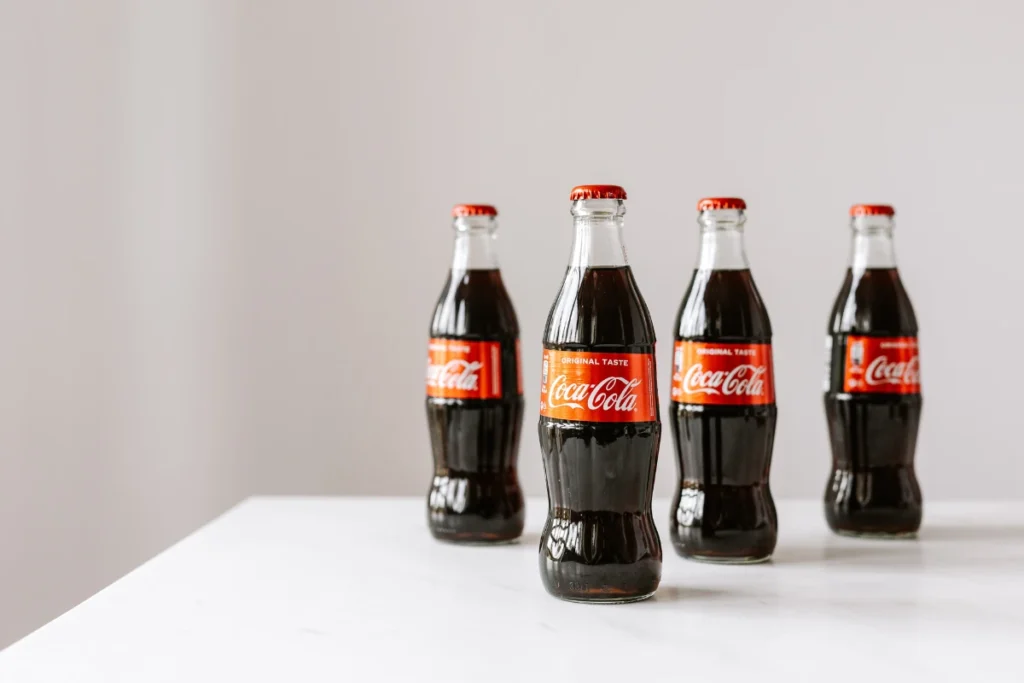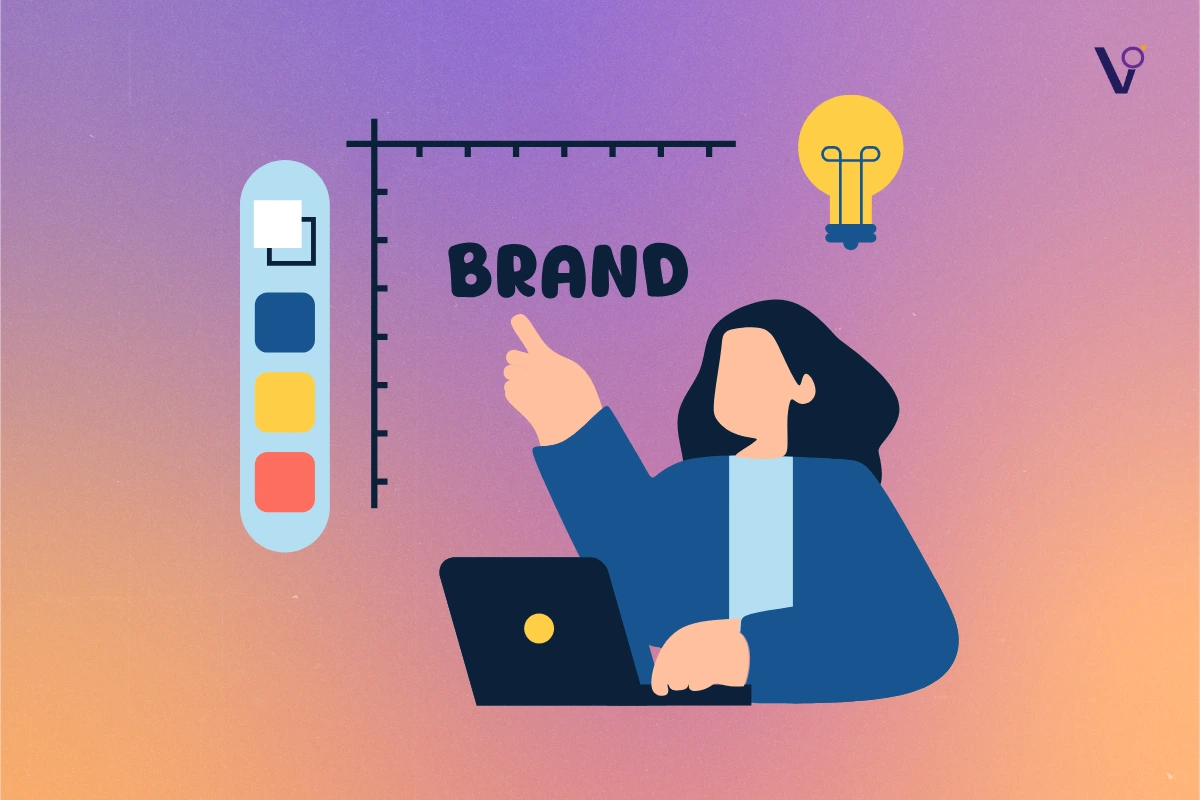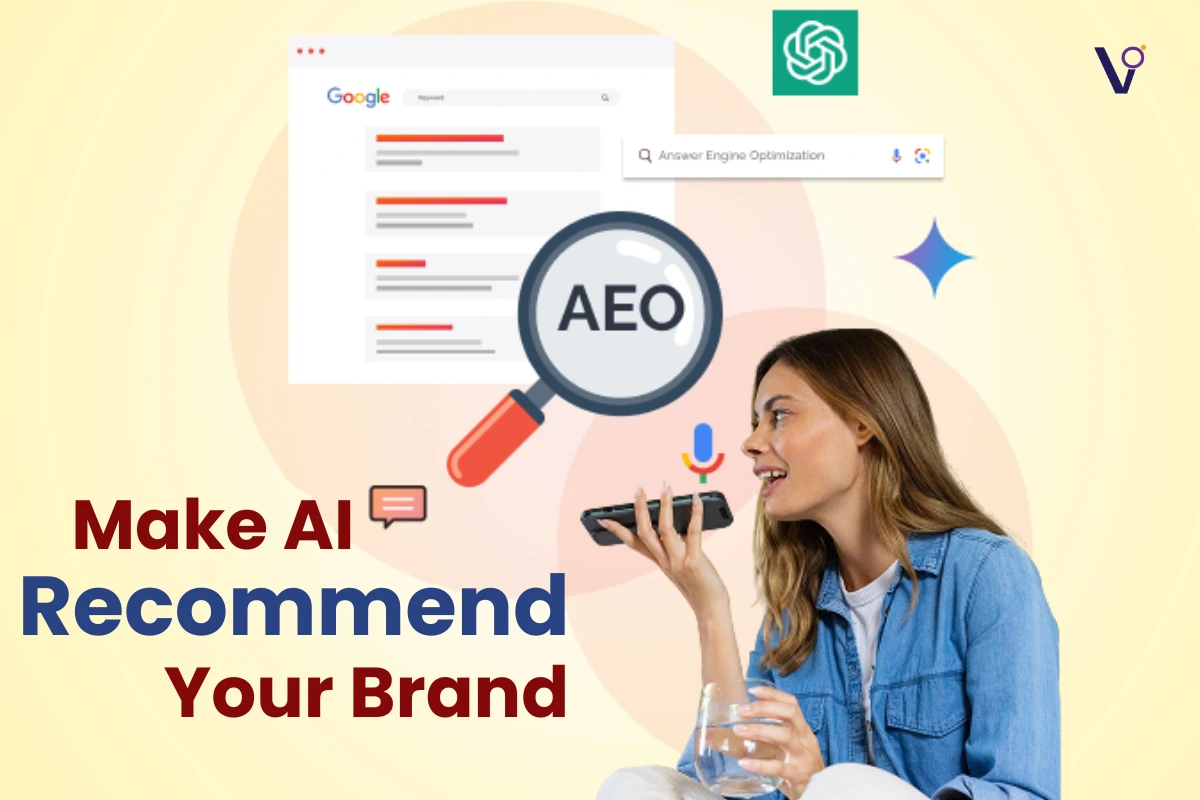People love owning fancy things—whether it’s an Apple Studio Display, designer clothes, or a luxury car. Big brands just have that special appeal. But what, when you think about it, What makes a brand Iconic? Is the brand’s personality and influence what makes these pricey products so appealing, or are they truly worth the money?
Take monitors, for example. Apple sells high-end displays for thousands of dollars, but a $200 secondhand monitor from Facebook Marketplace might work just as well. So why do people willingly pay so much more just for a brand name?
It’s all about the branding. Businesses such as Apple have perfected the art of giving their products a sense of exclusivity, innovation, and luxury. Even when there isn’t much of a performance difference, they give customers the impression that they are getting something genuinely unique.
The Psychology of Paying More for a Brand

This isn’t just your problem; it’s a universal phenomenon. Consumers consistently pay more just because of a brand name:
- Tylenol costs five times more than generic store-brand medicine with the same active ingredients.
- Fiji Water is 30% more expensive than Poland Spring.
- People choose to spend much more money on Nike socks rather than simple white ones from the dollar store.
What makes these brands so recognizable? Let’s examine the psychology and reasoning behind branding rather than merely depending on gut feeling.
What Is Branding and Why Does It Matter?
Fundamentally, branding is a signal that shapes behavior. Cattle farmers used a hot iron to mark their cows with a distinctive emblem, which is one of the earliest examples of branding.
Why? Because branding changes perception:
- Unbranded Cow – If you find a cow without a brand, you might think it’s wild, decide to domesticate it, or even kill it for food.
- Branded but Unrecognized – If the cow has a brand but you don’t recognize it, you’ll likely assume it belongs to someone and leave it alone.
- Branded and Recognizable – If you recognize the brand, you’ll return the cow to its owner.
The cow itself doesn’t change—but branding alters how people react to it. In business, mastering branding means influencing how people behave towards your product, which ultimately translates into increased sales.
What makes a brand Iconic?
Daniel Kahneman, a cognitive scientist, estimates that people make about 35,000 judgments per day. Emotion is one of the shortcuts we use because it is impossible to thoroughly examine every decision.
We choose things that make us feel good, accomplished, or fulfilled. Successful brands understand this and sell more than just a product—they sell a story.
The Boston Beer Company Example
When competing with beer behemoths like Anheuser-Busch, the Boston Beer Company, the company behind Samuel Adams, presents itself as the underdog. So, What makes a brand Iconic? Their branding appeals to people who see themselves as hardworking individuals fighting against the odds.
Psychological theories explain why this works:
- Desirable Difficulties Theory – People associate struggle with growth and assume underdogs work harder.
- Self-Congruity Hypothesis – People purchase goods that reflect their self-perception.
Even though Boston Beer Company is a $3.5 billion business, its branding makes it feel like a scrappy startup. This perception makes customers feel good about supporting them.
The Experiment: Can Branding Change Perception?
To test the power of branding, we conducted a simple experiment using orange juice.
The Setup
A participant was given two different cups of orange juice, each with a different marketing description:
- Quality-Focused Pitch – Highlighted premium ingredients, no added sugar, and vitamin C benefits.
- Story-Driven Pitch – Told a nostalgic tale about a four-generation-old farm and its hardworking roots.
The Twist
Both cups contained the same exact orange juice. However, the participant perceived them as different.
- The quality-focused orange juice felt “commercial and liquidy.”
- The story-driven orange juice felt “authentic and more flavorful.”
- When asked which one he would buy, he chose the story-driven juice.
When he removed his blindfold, he was shocked to learn both were identical.
Conclusion: Branding Shapes Perception
Branding is more than just logos and colors—it’s about shaping emotions and stories. Coke is just soda.

Tylenol is just acetaminophen. Levi’s are just jeans. Yet, consumers go out of their way to select these specific brands over others. An economist might ask, “What makes a brand iconic? How can a rational consumer be willing to pay more for exactly the same thing?” We love to think of ourselves as rational decision-makers, but that’s not how consumer behavior works. A famous study at Duke University flashed either the Apple or the IBM logo to two randomized groups of participants. The study found that after being subliminally exposed to the Apple logo, compared to the IBM logo, participants performed better on creative tasks. Apple has been telling its story as the brand for hip, cool, fun, creative people. Brands influence our behavior far beyond the point of sale, shaping decisions and attitudes in powerful ways.
Apple, Nike, and other top brands leverage branding psychology to influence decisions and justify higher prices.
So the next time you pay a premium for a product, ask yourself: Am I buying the product, or am I buying the brand’s story?
An iconic brand is established through a combination of strong identity, consistent messaging, consumer loyalty, and cultural relevance, all of which are detailed in brand strategy
Examples include brands like Apple, Nike, and Chanel. These brands consistently deliver quality, innovative design, and emotional connections that elevate them beyond just products to cultural symbols.
A good brand name is memorable, distinctive, easy to pronounce, and reflects the brand’s values. It should resonate with the target audience and be adaptable over time.
To become iconic, your brand needs a unique identity, emotional connections with consumers, consistent messaging, and cultural relevance. Focus on quality, innovation, and storytelling to build loyalty over time.



